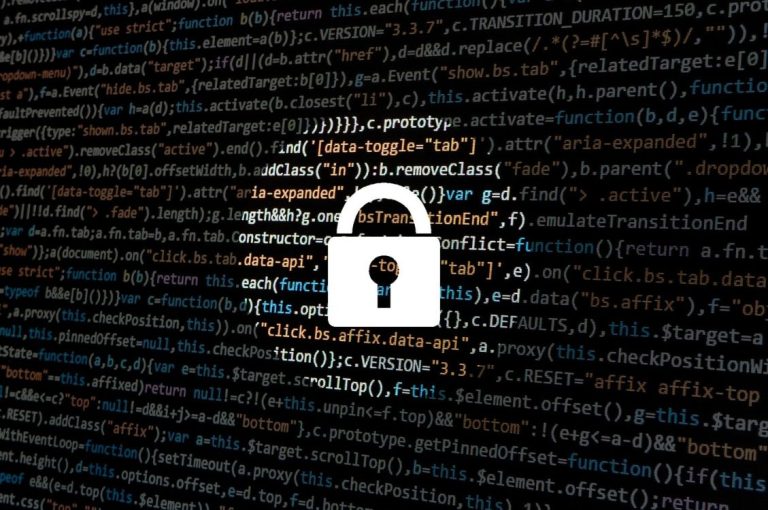While consumers and businesses have become more aware of tactics such as phishing or malware, there are still other, lesser-known methods and devices widely used by cybercriminals.In a period in which a drastic increase in the number of attacks is documented and people increasingly use smart devices on a daily basis, it is critical that both companies and users give due importance to security.
Thinking about it, a Palo Alto Networksa leading cybersecurity company dedicated to protecting organizations and consumers from digital threats, it has selected key recent findings on smart device attacks to warn of the dangers that can affect anyone.
According to Marcos Oliveira, Country Manager at Palo Alto Networks in Brazil, despite the unprecedented increase in cyber attacks, users still believe that incidents are unrelated to them. “Unfortunately, in the current threat landscape, everyone is susceptible, and the consequences of cybercrime can be incredibly serious for businesses and consumers”, says the executive.
The potential for consumers to become victims of cybercrime has skyrocketed as the speed of attacks has also advanced.In nearly 45% of the cybersecurity cases recorded by Palo Alto Networks this year, criminals exfiltrated data in less than a day after the attack, meaning that actions to stop them must take place within hours before information is compromised.
For users, cybercrime avenues are rapidly diversifying. Although Palo Alto Networks saw a 17% reduction in phishing attacks in 2023, many new routes have opened up through the smart devices that hit the market.
New types of attacks detected
There are still several types of attacks that consumers need to know about, from fake Wi-Fi networks to smart speakers, according to researchers at Palo Alto Networks, who have put together key guidelines for users to protect themselves and keep personal devices more secure, in the definitive guide below:
- Evil twin attacks: they consist of setting up a fake Wi-Fi network in public places, such as restaurants or airports, tricking users into connecting to it. This allows you to intercept data such as passwords, emails and bank card information.
- Juice jacking attackers access public charging stations, such as those found at airports or coffee shops, to steal data.When users connect their devices to these power stations, malicious software can be injected into the devices.
- Cryptojacking: it is the hijacking of users' devices to mine cryptocurrencies without their knowledge.This unauthorized activity can lead to increased electricity costs, reduced device performance and possible damage to hardware.
- Smart devices: cybercriminals can target consumers on devices that go far beyond just phone or computer. Refrigerators, coffee makers and other connected appliances can be entry points to access more vulnerable systems.
- Portable devices: fitness electronics and other wearable devices, such as watches, can expose personal and health data, making it possible for consumer or business data breaches.
- Automotive systems: cars with Internet-connected entertainment systems can also be targeted by hackers.Hackers can access the user's personal data, track their location or even interfere with system functions.
In 2023, according to the Identity Theft Resource Center, there was a 72% increase in data breaches over 2021, which held the all-time high.With attackers becoming increasingly creative in the ways they target people, and with a recorded 49% year-over-year increase in victims posted to ransomware breach websites, it has been increasingly important for consumers and businesses to take effective cybersecurity measures.
While the number of attacks, level of sophistication and methods used are evolving rapidly, the good news from a consumer perspective is that the chances of being hacked can be significantly reduced by following some general” best practices, concludes Oliveira.
To protect personal data, consumers should always make sure their devices have the latest security updates, use strong and unique passwords, and enable two-factor authentication whenever possible.In addition, it is critical to be careful about what they download or click, and always value the use of antivirus software for an additional layer of protection.










